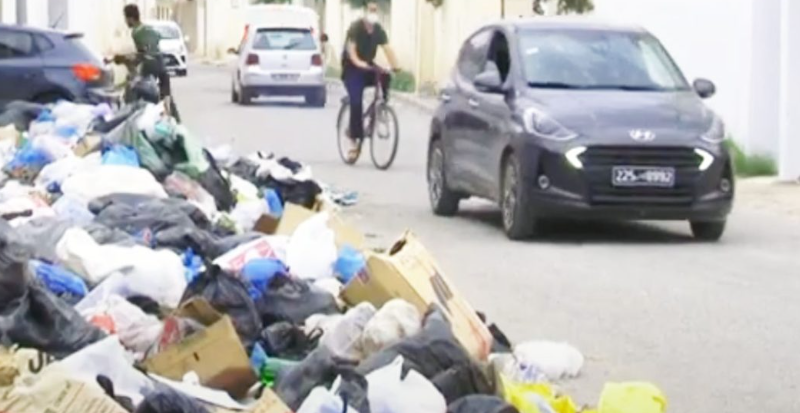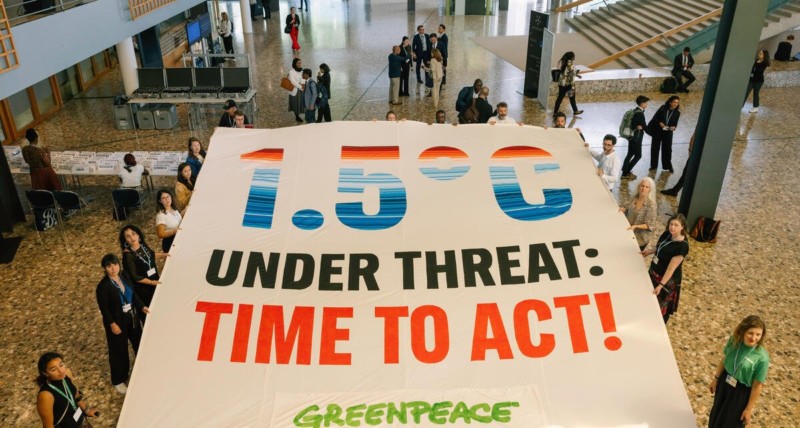
« Man cannot reach all that he desires,
Thus the winds blow in directions
That ships do not favor. »
— El Moutannabi (915-965)
Like a becalmed sailboat, the deepwater port of Enfidha remains permanently on standby.
Conceived nearly 20 years ago, alongside the one in Tangier, Morocco, it finds itself faring in the opposite direction of its counterpart on the western tip of the Mediterranean. The Tangier port was born, grew, and eventually surpassed all of its counterparts in Africa.
As for ours, it is still in the making. Too many delays, fruitless and trivial controversies, and constant retreats.
We’ve tried everything over these two decades. One wonders why there was such hesitation when the planned port is not only viable but, dare we say, vital for Tunisia in the 21st century.
Contrary to what its detractors claim, it is not a « white elephant, » a prestige project with uncertain returns.
To be convinced, just look at a map of the world, dotted with ports of this magnitude. The latest, inaugurated in Peru on November 15 by Chinese President Xi Jinping during his visit to the Andean country, serves as an example.
Built by a consortium led by the Chinese shipping giant Cosco, located 60 km from the capital Lima, specifically in the city of Chancay. Ah, the phonetic proximity – the near homonymy – with Shanghai, the economic capital of the Middle Kingdom!
The features and costs of this port are nearly identical to those of Enfidha.
Moreover, from the perspective of the Beijing government, both ports could be integrated into the famous Silk Road. Indeed, while the Peruvian port serves as a platform for South America to ship goods to Asia, our port will surely act as a hub for Sub-Saharan Africa, strengthening trade relations with the East. It is therefore imperative to act swiftly to make up for lost time.
So, children of the land of Hannon, let us lift anchor and set sail full speed ahead!
Source: realites



